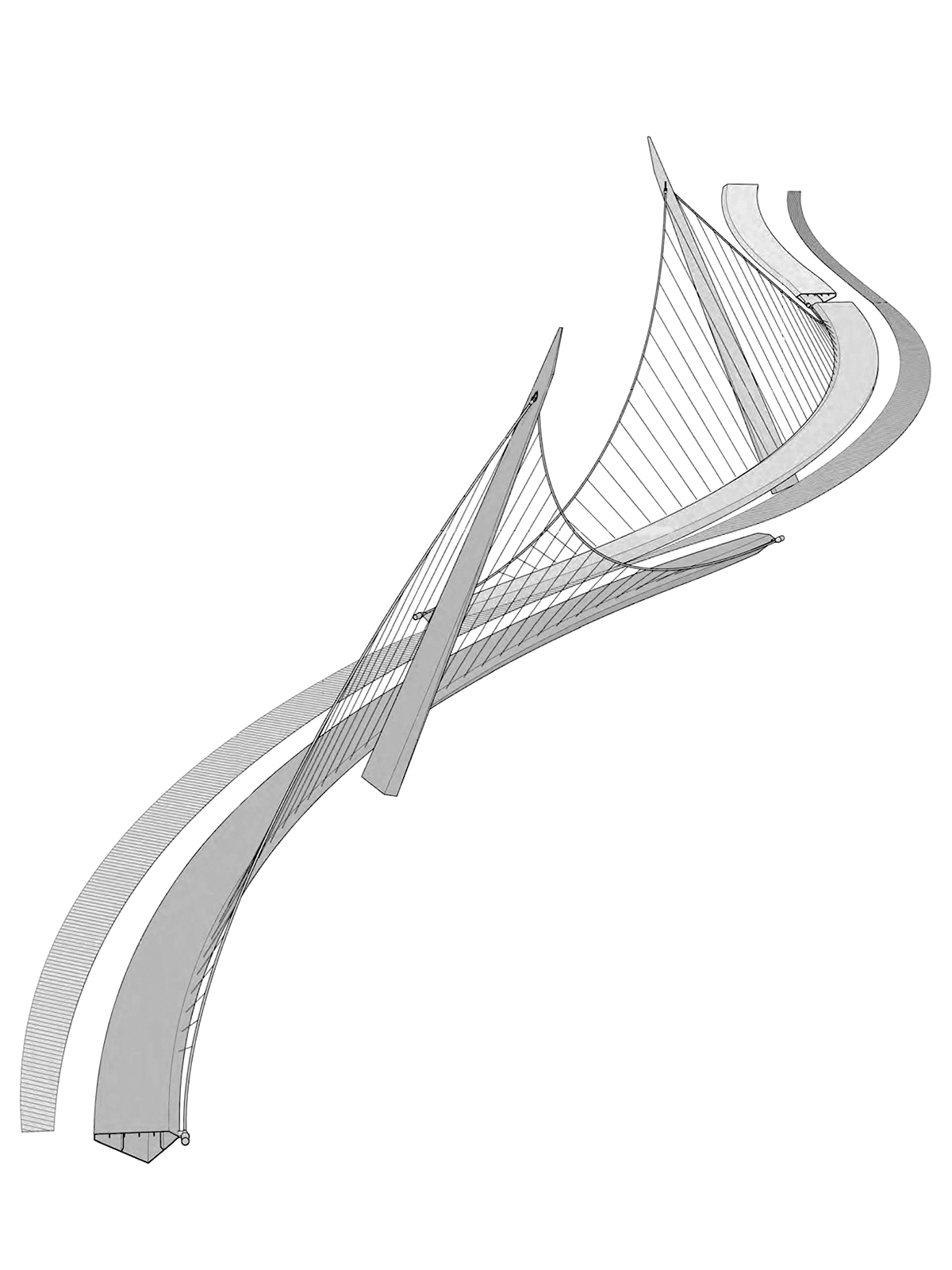The compromise is having two different experiences of the bridge for people with different physical abilities. The steps are called a "street stair" and shown in the renderings as not just a different way to cross the bridge, but a place to sit as well:
View attachment 511340
It's a major architectural feature of the bridge, and it's accessible only to people who can climb steps. Alex's piece I linked above explains very eloquently why that's a bad idea.
An analogy is the
Vessel, which is technically accessible because it has elevators, but which offers a very different experience to visitors who use wheelchairs. The bridge is a different situation, of course, but the issues are similar. I wouldn't consider the stairs to be a disqualifying feature on their own, but to me they're a negative when it's clearly possible to design a step-free bridge that can be enjoyed more equitably.
